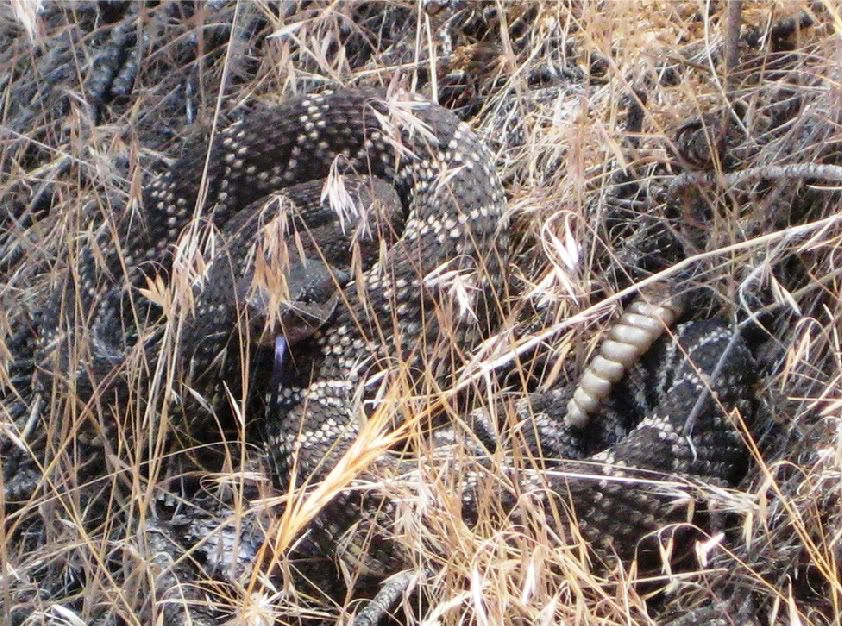Of course, not being satisfied, I emailed the Grad student, to see if he could share some insights. Today, I got a response and figured I would share with the group... some good information here.
Aaron Corbit wrote:Rattlesnakes are generally considered crepuscular, which means that they come out around dawn and dusk. However, it would probably be more accurate to say that rattlesnakes come out whenever the temperature is right and the right temperature for rattlesnakes is somewhere around 80-85 degrees F. Ground temperature will be a better indicator of potential snake activity than ambient air temperature. Mornings in particular may have air temperatures around 80 degrees but ground temperatures up around 100 degrees in direct sunlight. Rattlesnakes can't handle 100 degrees so they will be underground in these conditions. Another thing that will influence snake behavior is the time of year. Southern Pacific rattlesnakes are known be most active during May and September, when they are mating, and least active during the winter.
I haven't found much information on the population density of Southern Pacific Rattlesnakes, I would imagine it varies quite a bit depending on the food availability of a particular area. I can tell you that they generally roam around an area (a home range) of about 12-14 acres. They don't defend these home ranges so more than one snake will likely be found in the same area.
To stay safe when hiking I would suggest that you stay on the trail and watch were you step. A rattlesnakes first line of defense in not rattling it is staying hidden. At rattler will not rattle unless it is sure you have seen it. If you do end disturbing one give it a wide berth. Rattlesnakes can strike half their body length or more. If you give it enough space so that it does not feel cornered it will, mostly likely, make a quick retreat to the nearest cover.
Hope this answers your questions.
Hope this sheds some light on things. Guess I need to get one of those point the laser beam at the surface and get an infrared temperature reading...




